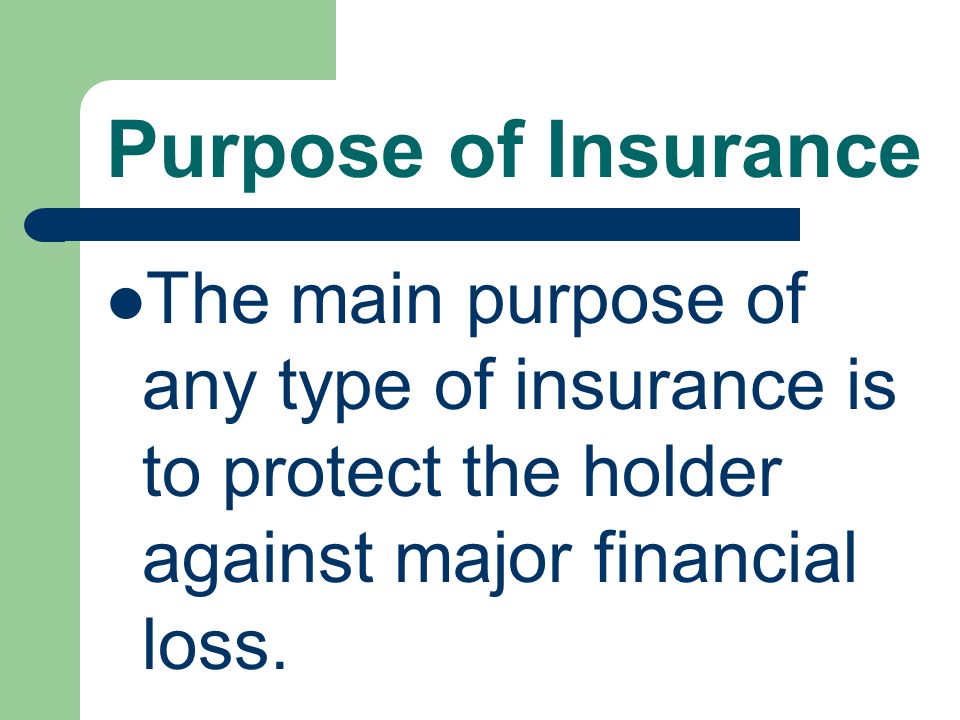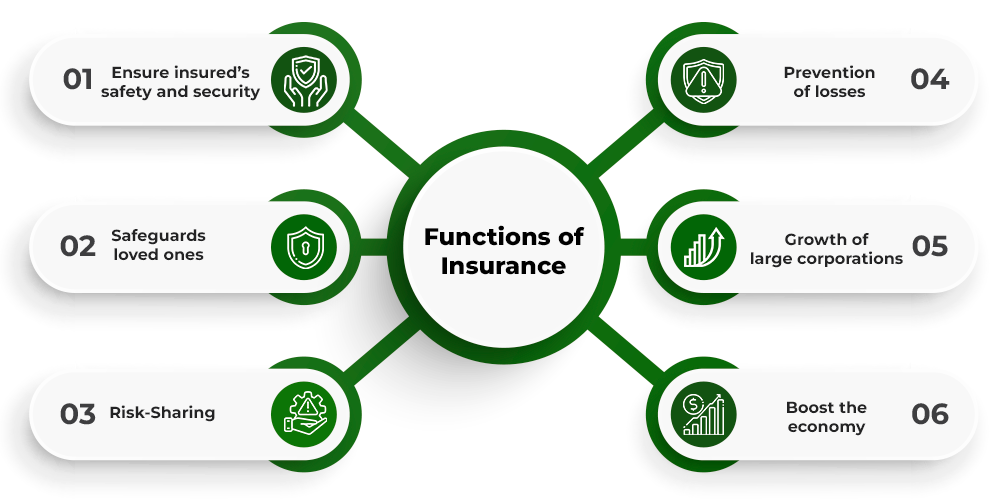Some Known Factual Statements About Pacific Prime
Table of ContentsGetting The Pacific Prime To WorkThe Definitive Guide for Pacific PrimeNot known Incorrect Statements About Pacific Prime The Ultimate Guide To Pacific Prime
In most states, the insurance company is required to send you a copy of the modifications to your plan. It is essential that you review Recommendations or Motorcyclists so you recognize just how your policy has actually altered and if the plan is still adequate to meet your needs. To acquire a copy of your insurance policy, please contact your insurance policy representative or business.
The Institute of Medication (IOM) Board on the Effects of Uninsurance launches an extended exam of evidence that addresses the value of medical insurance coverage with the publication of this report. Insurance coverage Matters is the very first in a series of six records that will be provided over the next two years recording the truth and consequences of having an approximated 40 million individuals in the USA without medical insurance coverage.

The Best Guide To Pacific Prime
The goal of this collection of studies is to refocus plan focus on a longstanding problem. Adhering to the longest economic expansion in American history, in 1999, an approximated one out of every 6 Americans32 million adults under the age of 65 and even more than 10 million childrenremains without insurance (Mills, 2000).

10 percent of the population make up 70 percent of health care expenditures, a correlation that has remained consistent over the previous 3 years (Berk and Monheit, 2001) - group insurance plans. Therefore medical insurance remains to serve the function of spreading out threat even as it progressively funds routine care. From the point of view of healthcare carriers, insurance carried by their clients aids safeguard an earnings stream, and areas benefit from financially practical and stable health and wellness care professionals and establishments
Federal government provides medical insurance to populaces whom the private market might not offer effectively, such as disabled and senior citizens, and populaces whose access to healthcare is socially valued, such as kids and expecting ladies. The utmost ends of medical insurance coverage for the private and neighborhoods, consisting of work environment communities of workers and employers, are improved health outcomes and quality of life.
Excitement About Pacific Prime
Employees place medical insurance first without a doubt in value among all the advantages provided in the workplace (Salisbury, 2001). Although there have actually been large financial investments of personal and public funds to give wellness insurance coverage, many individuals still have no coverage. Despite considerable reporting of study findings and healthcare research study results, the basic public stays overwhelmed and misinformed concerning Americans without medical insurance and the implications of lacking coverage.

Without doubt, the intricacy of American health treatment funding mechanisms and the riches of resources of info include to the public's confusion and suspicion regarding medical insurance stats and their analysis. This record and those that will certainly adhere to goal to boil down and provide in readily easy to why not look here understand terms the extensive research that bears on concerns of medical insurance coverage and its value.
Fifty-seven percent of Americans questioned in 1999 thought that those without wellness insurance coverage are "able to obtain the treatment they need from physicians and health centers" (Blendon et al., 1999, p. 207). In 1993, when nationwide focus was concentrated on the problems of the uninsured and on pending healthcare legislation, just 43 percent of those polled held this belief (Blendon et al., 1999).

They also receive less preventative solutions and are less likely to have normal care for chronic conditions such as hypertension and diabetes. Chronic illness can bring about expensive and disabling problems if they are not well managed (Lurie et al., 1984; Lurie et al., 1986; Ayanian et al., 2000). One nationwide study asked greater than 3,400 adults about 15 very significant or somber conditions.
An Unbiased View of Pacific Prime
Added evidence is offered later in this phase in the conversation of insurance policy and access to health care. https://stieuys-rhuiets-scriank.yolasite.com/. People without health insurance policy are young and healthy and choose to do without coverage. Nearly half (43 percent) of those evaluated in 2000 believed that individuals without medical insurance are more probable to have illness than individuals with insurance coverage
Citizens and policy manufacturers in focus group conversations define those without insurance as young people that have the opportunity to be covered and feel they do not need it (Doorperson Novelli, 2001). Contrasted to those with at least some exclusive insurance coverage, the uninsured are less most likely to report remaining in excellent or really good health and wellness (Agency for Medical Care Research and High Quality, 2001).
SOURCE: Facility for Cost and Funding Studies, Company for Medical Care Research and High quality, based upon MEPS data. Young person between 19 and 34 are even more most likely to do not have health insurance coverage than any other age group. This is mainly due to the fact that they are less usually eligible for employment-based insurance due to the nature of their task or their brief period in it.
The perception that individuals without insurance have better-than-average health follows from puzzling the fairly young age profile of the without insurance with the far better health, usually, of younger persons. This obscures the web link in between health and wellness condition and medical insurance. For those without access to workplace medical insurance, bad health and wellness is a prospective barrier to purchasing nongroup protection since such coverage may be highly valued, omit preexisting problems, or be merely not available.